Summary: This post provides six effective solutions to assist you in resolving the issue of being unable to copy or write files to NTFS drives from a Mac system. By following these recommendations, you can overcome the challenges associated with this particular scenario and enhance your overall user experience.
- Why is my Mac unable to copy to NTFS?
- How to copy files from Mac to NTFS drive?
- How do I make my NTFS drive writable on a Mac?
- Why can’t I paste to NTFS from Mac?
If you have similar problems, you can check the 6 tips below to fix can’t copy or write to NTFS drive on Mac.
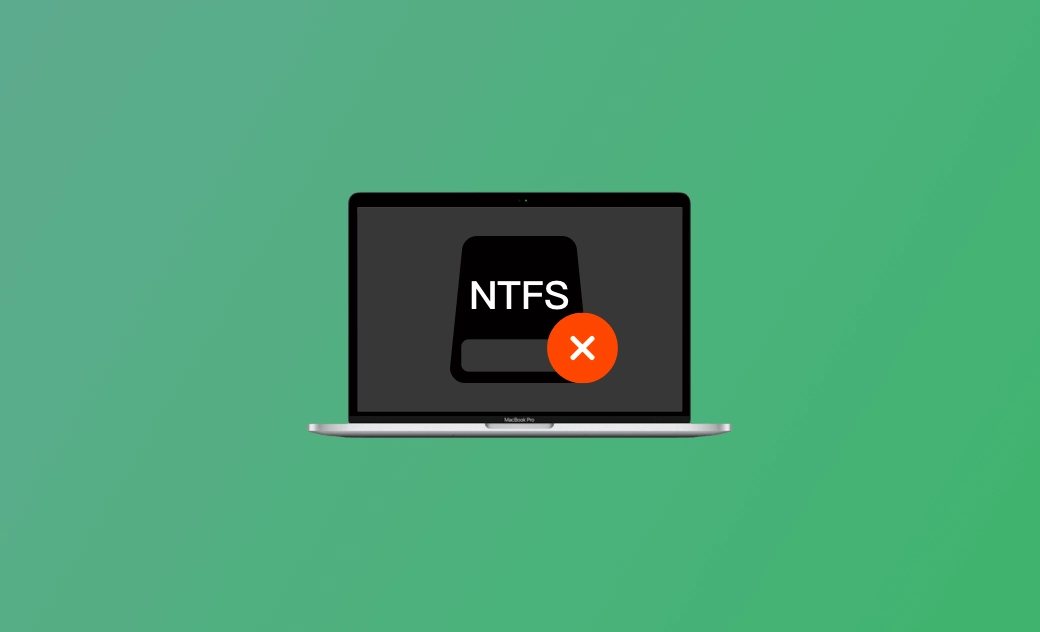
Fix 1. Use an NTFS for Mac Application
NTFS serves as Windows’ primary file system, developed by Microsoft. While effortlessly connecting and utilizing an NTFS drive on your Windows PC is a breeze, the situation shifts when pairing it with a Mac. Mac’s support for NTFS drives is limited; they are essentially read-only on Mac systems. To bridge this gap and enable bidirectional file transfers between Mac and external NTFS drives, consider installing an NTFS for Mac software tool. BuhoNTFS, a user-friendly and free NTFS for Mac application, facilitates seamless reading and writing operations on NTFS drives within Mac environments.
- Download and install BuhoNTFS from its official website.
- Connect the NTFS drive to your Mac computer.
- Launch BuhoNTFS. Select the NTFS drive from the left panel. Tick “Allow Read & Write permission”.
- Then you can click Open to open the NTFS drive to easily copy files between your Mac and the NTFS drive. You can also add, delete, rename, read, and write files on the NTFS drive.
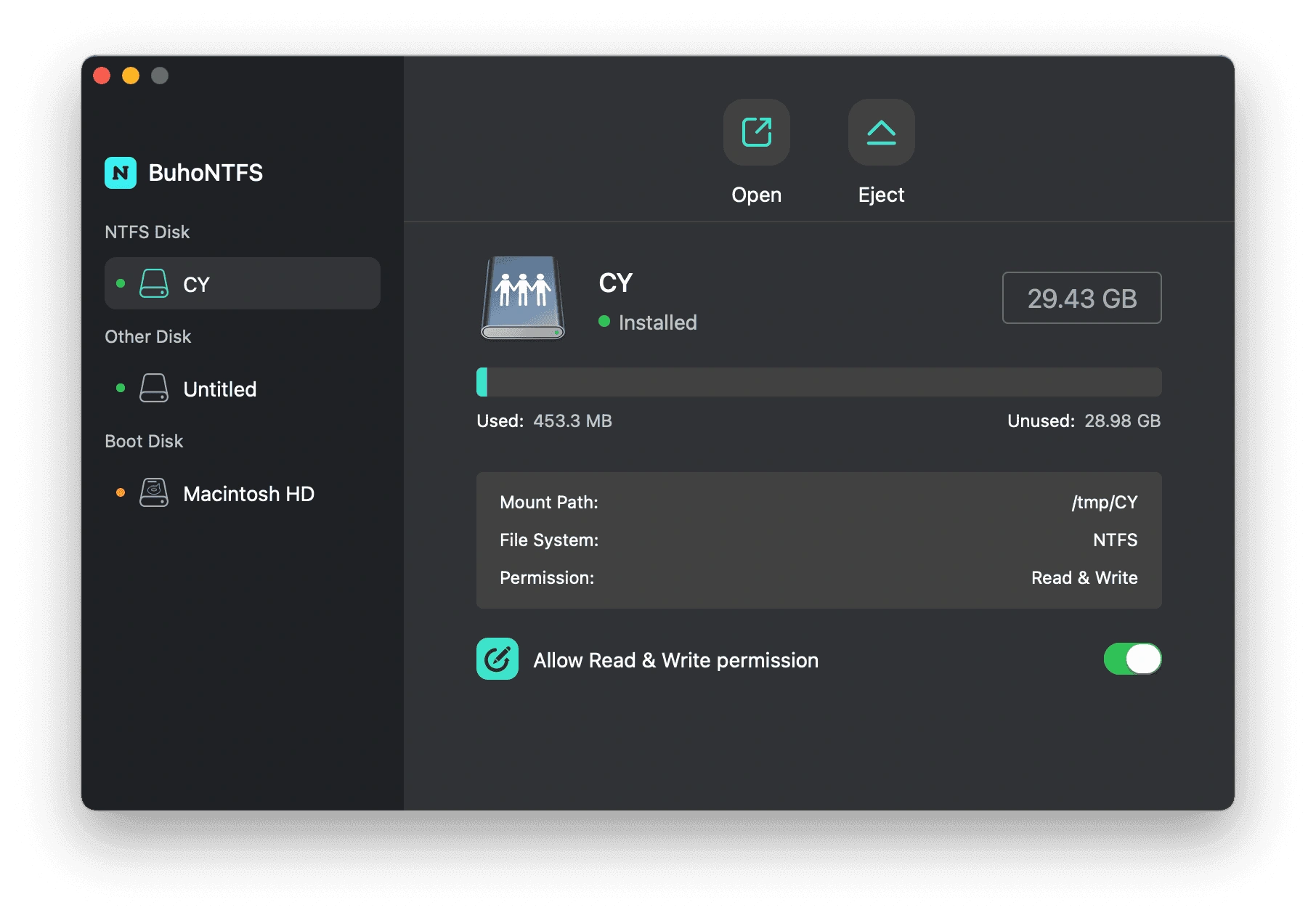
Fix 2. Check the Hardware Connections
To enhance the writing quality and readability while maintaining the original meaning, the revised content is as follows:
Consider using a USB-C to USB adapter to connect the NTFS drive to your Mac. Attempt switching to a different USB port for a potential solution. Alternatively, try connecting the adapter to another Mac computer to test its functionality. If the issue persists with file copying/writing to NTFS from Mac, experiment with a different USB-C to USB adapter. Remember to restart your Mac and ensure the NTFS drive is securely connected.
Fix 3. Enable writing on an NTFS Drive on Mac using Terminal.
You can also use Mac Terminal to enable the write support or NTFS drives on your Mac. But this way is not recommended by Apple since it may cause disk corruption.
- Connect the NTFS drive to your Mac computer.
- Click the Spotlight Search icon at the top-right, type terminal in the search box, and choose the Terminal app to open it.
- Type the command sudo nano /etc/fstab in the Terminal window and press the Return key.
- Type the command LABEL=NAME none ntfs rw, auto, nobrowse at the end of the list. Replace “NAME” in the command with the name of the external NTFS drive. Press Return.
- Then open Finder and click Go > Go to Folder, type /volumes, and find the target NTFS drive to open it. You can smoothly copy and paste files from Mac to NTFS or vice versa. You can also create and edit files on the NTFS drive from your Mac.
Fix 4. Convert NTFS to FAT with a Disk Partition Manager
To resolve the inability to copy or write files to an NTFS drive from a Mac, consider utilizing a reputable Disk Partition Manager tool to convert NTFS to exFAT or FAT32 seamlessly without data loss. Various tools are available online for this purpose. It’s noteworthy that Mac systems offer full support for drives formatted in exFAT and FAT32.
Fix 5. The NTFS Drive May Be Corrupted
- Click the Spotlight Search icon, type disk utility, and select Disk Utility to open Mac Disk Utility.
- Select the target NTFS drive from the left panel.
- Click the First Aid button and click Run to check and repair the corrupted disk.
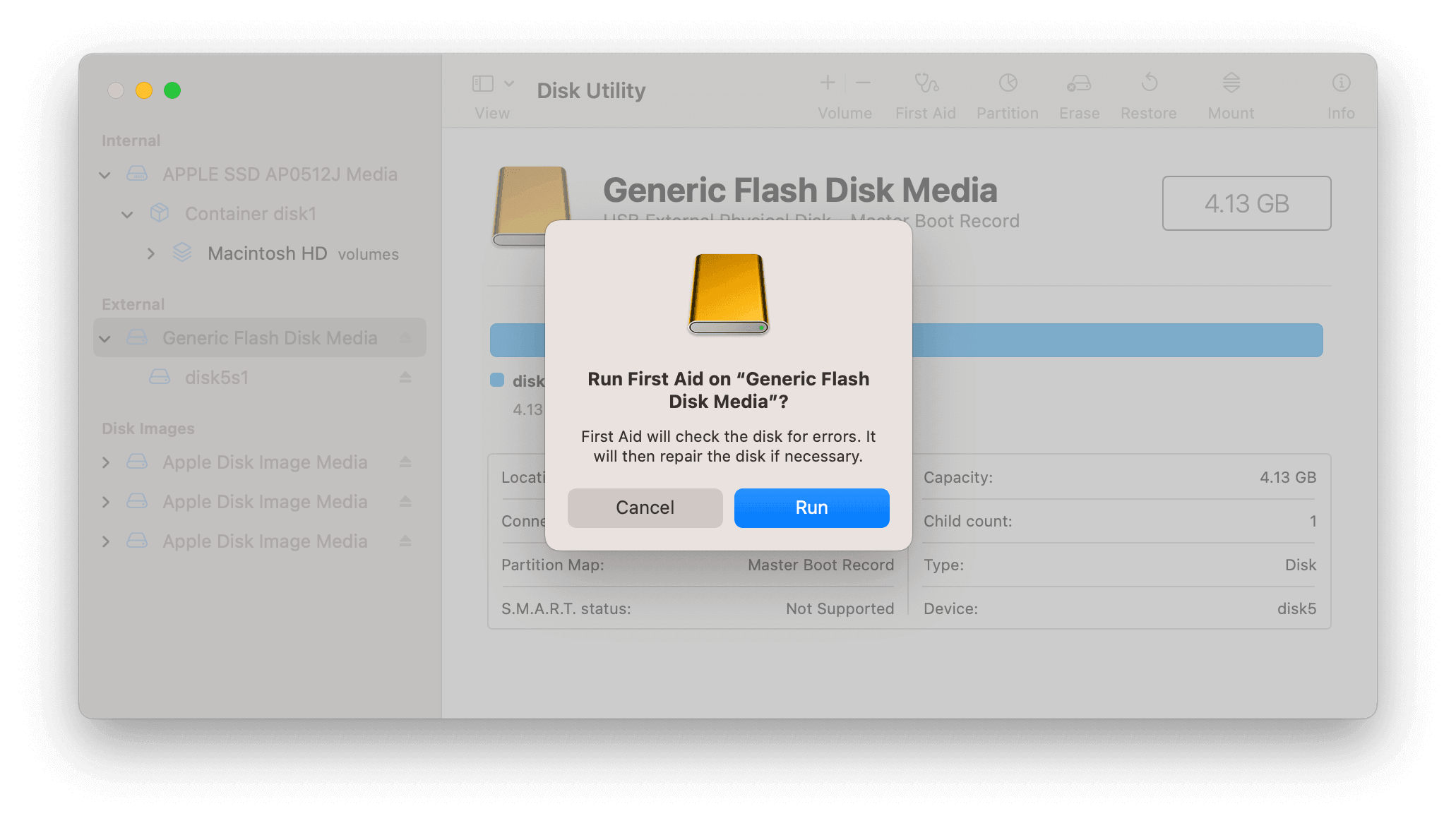
Fix 6. Reformat the NTFS Drive to exFAT or FAT32
If you’re unable to transfer files to an NTFS drive from your Mac, consider reformatting the NTFS drive to exFAT or FAT32, both of which are fully compatible with Mac systems. Remember to back up all necessary data from the NTFS drive to another device before proceeding with the formatting.
- Follow the same operative above to open Disk Utility on Mac.
- Select the external NTFS drive and click Erase.
- Enter a name for the drive and choose exFAT or FAT32 to format the drive to FAT32 or exFAT.
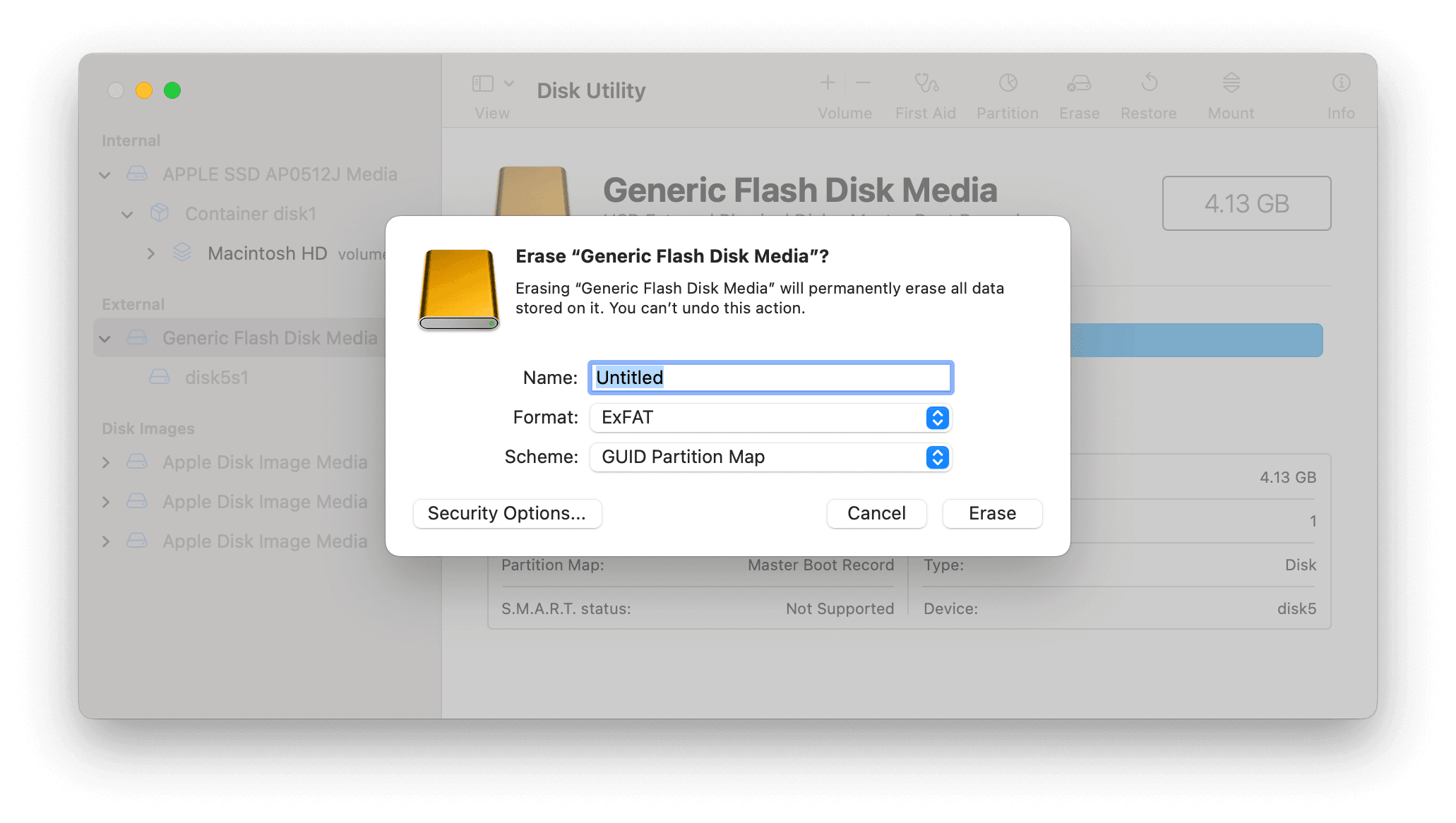
In summary, this post offers 6 tips to troubleshoot issues when unable to copy or write files to an NTFS drive on your Mac. I trust these suggestions prove beneficial.
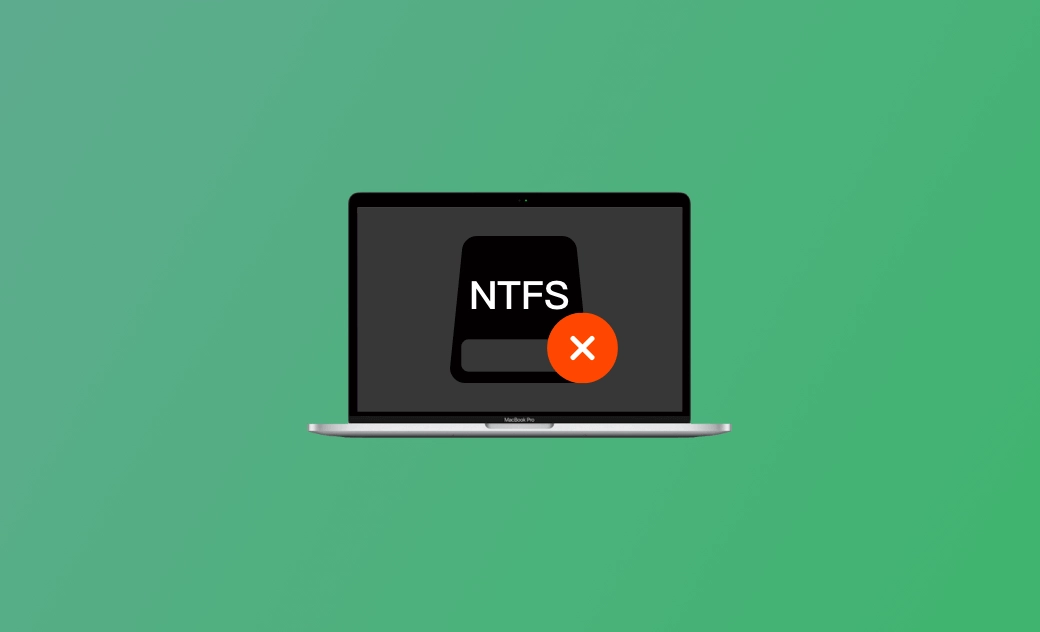
Leave a Reply